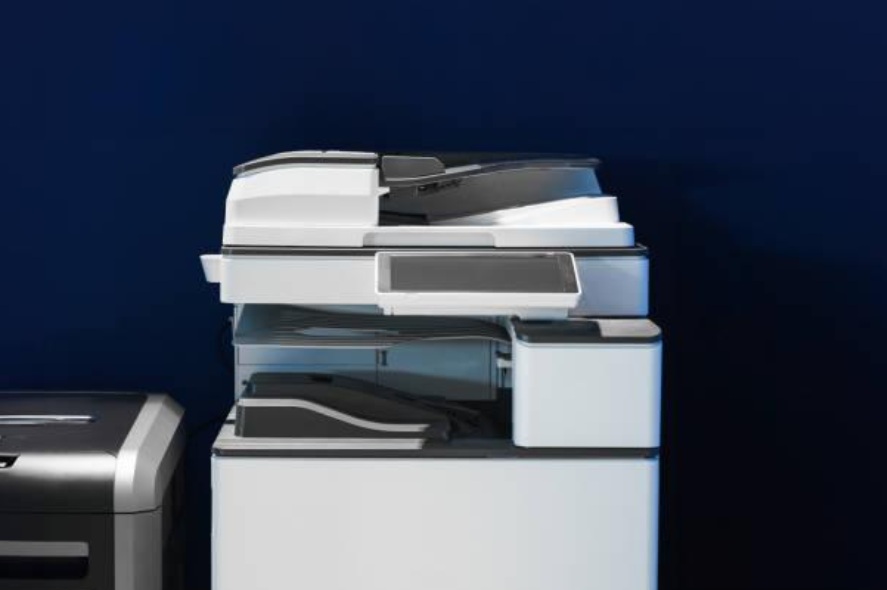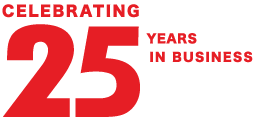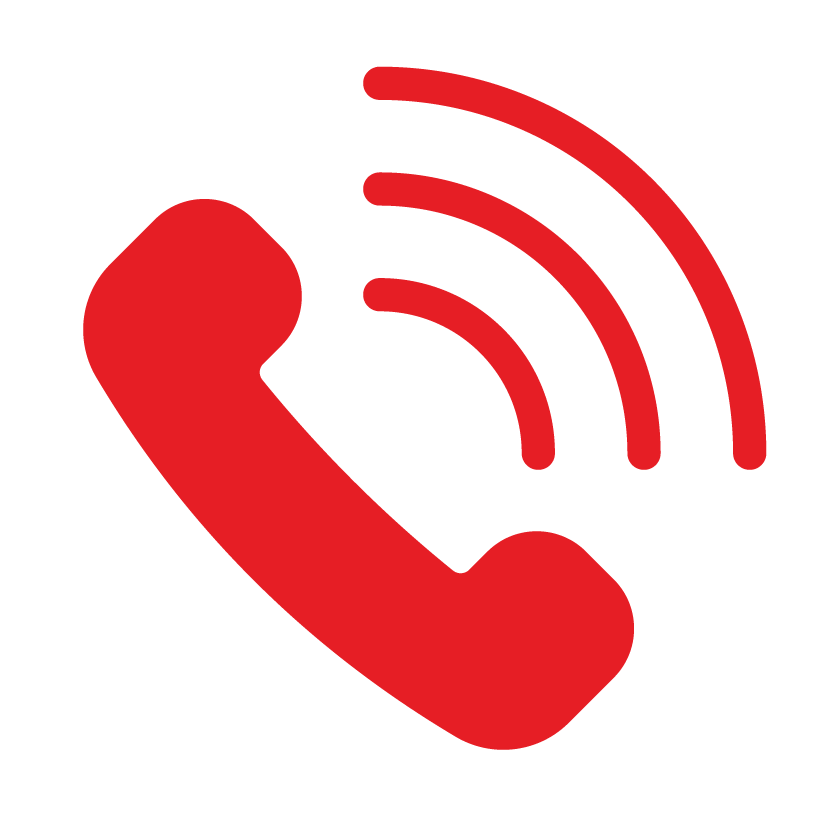
In today’s digital landscape, safeguarding your business data is more critical than ever, and copier security is every bit as vital as computer security. As such, Canon copiers & Canon printers can and should be used as key components of your organization’s overall cybersecurity strategy.
While organisations typically focus on network and system security, printer and copier security is frequently overlooked, and lesser printers and copiers are often the weak links in security frameworks. Such devices store sensitive information — like computers, they can contain hard drives that store copies of every scanned, printed, or faxed document, which makes them prime targets for cyberattacks should they be left unprotected. As such, implementing secure print solutions is essential to protecting sensitive information and ensuring comprehensive device security.
Should your copier machine be compromised, unauthorised individuals might extract and misuse your data. Modern multifunctional copiers, equipped with scanning, faxing, and emailing capabilities, introduce additional security risks, requiring proactive protection measures. Failing to secure printers and copiers might expose your company to numerous threats. Unprotected print jobs can be intercepted, confidential documents left in output trays may fall into the wrong hands, and hackers can exploit network vulnerabilities to gain access to stored data. Additionally, many modern devices retain previous print jobs, increasing the risk of data breaches if they are not properly managed.
Given these risks, prioritising print security is essential for protecting business operations and sensitive information. Quality devices such as Canon copiers & Canon printers can not only help you keep your physical documents safe, but they can also help you safeguard the data stored within the printer and transmitted across the network.
Canon’s Various Security Functions
Canon’s security features have been designed to help your company achieve the following:
- Prevent Document Leaks & Modifications: Safeguarding confidential documents requires robust measures to prevent leaks, loss, and unauthorized modifications. Enhanced security features protect both printed and digital files by embedding invisible text to deter counterfeiting, requiring user authentication before printing, and applying digital signatures to PDFs for verification. These safeguards ensure document integrity and confidentiality.
- Prevent Unauthorized Access to the Network: While cloud services have simplified data exchange over the Internet, network vulnerabilities can still expose communications to interception or tampering by malicious actors. To enhance network security, the machine offers features such as restricting communication to designated IP addresses and encrypting transmitted data, ensuring safer and more secure connections.
- Prevent Trouble Caused By Erroneous Sending: Accidentally sending documents to the wrong recipient or entering an incorrect fax number can result in confidential information leaks. To prevent such errors, the machine includes security features like restricting allowable destinations and requiring fax numbers to be entered twice before transmission, ensuring greater accuracy and protection.
- Prevent Leaks of Confidential Information During Operation of the Machine: The machine adds value as an information asset by securely storing critical data. To ensure that confidential information is not left on the device after disposal, it incorporates several security features. These include restricting access to unregistered users, encrypting data on the storage device, and completely wiping temporary job data upon startup, enhancing overall security and safeguarding sensitive information.
The Best Practices for Securing Your Canon Copier
If you wish to maximise your company security, you can use your Canon copier to do the following:
- Secure Cloud Printing & Scanning with Cloud Link: Storing sensitive data on a computer or laptop presents several risks, such as theft, hacking, or potential hardware failure leading to data corruption. By using cloud storage, an additional layer of security is provided, along with the ability to securely print and scan directly from popular cloud services through Canon Cloud Link. Cloud Link can be accessed through the printer’s screen (if available) or via the Canon PRINT app on a smartphone. This service enables organizations to centralize documents within shared accounts on platforms like Google Drive, Dropbox, Evernote and Microsoft OneDrive, eliminating the need for multiple local copies. Additionally, Google Classroom integration allows teachers and students to print shared documents and scan directly to a Google Drive folder from the printer.
- Restrict Access to Authorized Users Only: A convenient and secure feature available on networked Canon printers is the ability to set up an administrator password, preventing unauthorized access to the printer. The administrator can configure up to twenty authorized users, each with an individual password. Without the correct password, the printer’s screen remains locked, ensuring that the printer cannot be used or tampered with by anyone who isn’t authorized. This security feature is especially useful for printers located in public spaces, as it allows all Wi-Fi and LAN settings to be configured and secured with the administrator password. Administrators can also control user permissions by restricting specific functions. For example, they can limit copying to black and white only or prevent scanning to a USB flash drive or Cloud services through the printer’s screen.
- Make the Most of Remote UI: In addition to enabling secure printing directly from the printer, Canon’s Remote UI allows for remote management of the device and users. Accessible through a web browser or the Canon PRINT app, Remote UI provides the ability to configure printer settings, perform maintenance tasks, and manage crucial security features, such as changing passwords, restricting access, and setting up printer authentication protocols. This includes controlling AirPrint and Bonjour settings, as well as adjusting access permissions. For environments like offices or homes, you can restrict printer access by limiting IP connections to trusted addresses, ensuring that only authorized users can connect to the device.
- Strengthen Your Security With Automatic Firmware Updates: Updating firmware on smartphones, tablets, and computers has become a regular part of modern life, and printers now often receive updates as well. In the past, users had to follow on-screen instructions to install the latest firmware, check the device’s firmware version, or manually update through Remote UI or by visiting the Canon support site. However, with newer models, firmware updates are now automatic. These printers ensure that the latest updates are seamlessly installed without requiring manual intervention.
- Secure Printing With TLS 1.3 Encryption: In today’s connected world, safeguarding sensitive information is paramount. Canon’s security features help ensure that both your printing process and the data within your documents stay secure. Their latest version of the Transport Layer Security (TLS) encryption protocol, TLS 1.3, offers enhanced speed and stronger security for printer-to-router connections. Canon has integrated TLS 1.3 support in some models. Unlike the more visible secure printing features found in other models, some security improvements like TLS 1.3 encryption and WPA3 support may go unnoticed by users. However, these updates play a critical role in enhancing connectivity and protecting networks from risks such as eavesdropping and spoofing. Canon continues to introduce these background improvements to ensure that your printing remains secure.
- Activate an Original Removal Reminder: Protecting sensitive information is a key consideration when using the scanner or copier functions of an all-in-one printer. It's easy to accidentally leave a document on the glass, which could then be discovered by an unauthorized person. To mitigate this risk, many of Canon's latest multifunction printers offer a reminder feature that prompts you to remove the original document. Once activated, the printer will display a message on the screen and provide an audio reminder roughly one minute after scanning or copying, alerting you that the document has been left on the platen.
Compliance & Industry Standards
Document compliance requirements vary by industry and the type of documents a business handles. It's always essential to consult IT and legal experts to determine which compliance standards best apply to your business, but it can also be helpful to be across some of the terminology before you do so. As such, here are three of the more common security standards for document compliance that you are likely to come across:
- GDPR: The General Data Protection Regulation (GDPR) enforces privacy and data protection, impacting organizations that handle data of EU residents. While it was enacted in 2018, it applies to any business targeting or collecting data on EU individuals, even if located outside the EU, with penalties for non-compliance.
- HIPAA: The Health Insurance Portability and Accountability Act (HIPAA) regulates the handling of protected health information (PHI). Businesses not directly in healthcare but involved in healthcare-related services, such as billing for a doctor’s office, must ensure their documents comply with HIPAA.
- ISO/IEC 27001: This standard provides guidance on establishing and maintaining an information security management system. The "CIA triad" of confidentiality, integrity, and availability helps reduce security risks and improve document compliance practices.
These regulations may or may not be relevant to your company, depending on your business activities and clientele. Always consult professionals to determine the specific requirements for your organisation.
Future Trends in Copier Security
As businesses continue to prioritize document security, several emerging trends are shaping the future of copier security. These developments focus on enhancing protection through AI, cloud technologies, and seamless integration with enterprise systems to address evolving threats and improve overall compliance. Some of the key trends that are expected to emerge include…
- AI-driven Threat Detection: AI will automate threat detection by identifying unusual printing patterns and predicting vulnerabilities, helping businesses prevent unauthorized access. AI will also help in detecting and responding to security breaches more effectively through predictive analytics and automated responses.
- Cloud-Based Security Enhancements: Cloud-based security will evolve to include real-time monitoring and encryption of print data in transit and storage. Stronger authentication and secure pull printing will minimise vulnerabilities, ensuring data privacy even in cloud environments.
- Integration With Enterprise Security Solutions: Printers will increasingly integrate with broader enterprise security systems, enforcing uniform security policies and compliance. This integration will enhance overall security, streamline compliance with regulations, and provide comprehensive risk management.
Final Thoughts
As printer security continues to evolve, businesses must adopt advanced measures to safeguard sensitive data. Embracing emerging technologies like Canon printers will play a critical role in ensuring robust protection in the future. You can browse DDS Group’s selection of Canon copiers here, or head over to our homepage to check out our many other products and services. Need assistance? Get in touch with us directly here.



